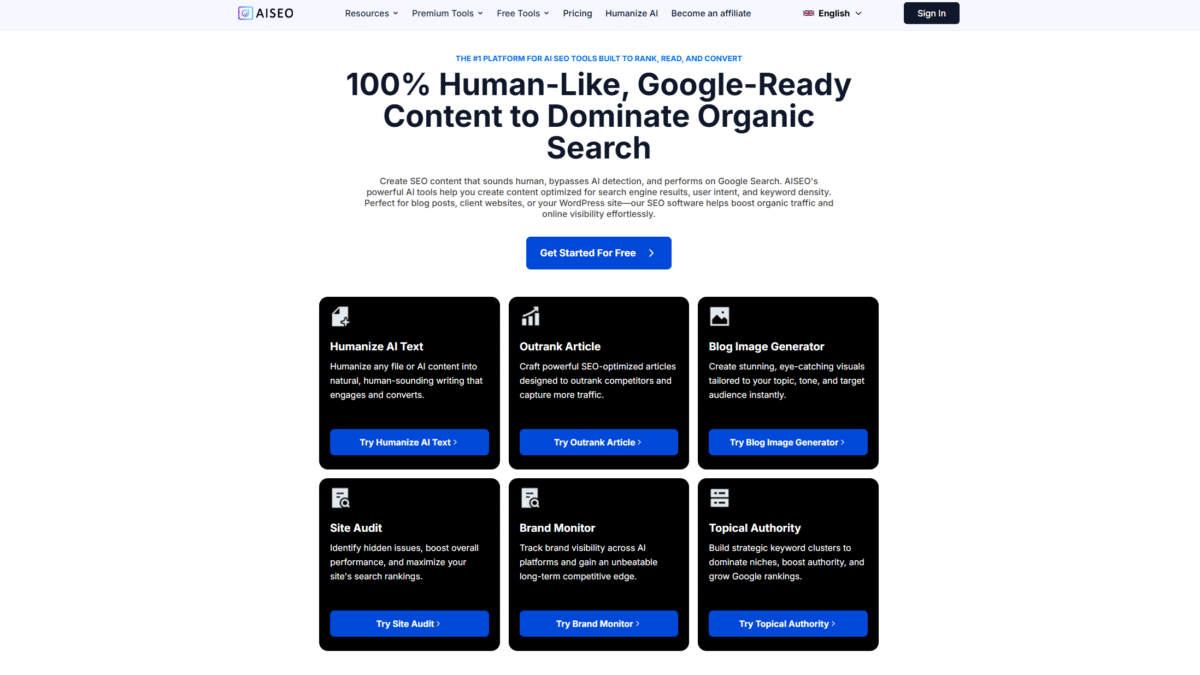
Detect AI Writing: 5 Simple Expert Techniques
In an era where AI-generated text floods blogs, social media, and academic submissions, learning to detect AI writing has become a vital skill. Whether you’re an editor, educator, or content strategist, spotting subtle signs of machine-generated prose helps maintain authenticity and trust. Here are five expert techniques to sharpen your detection capabilities.
1. Analyze Writing Style Consistency
Human authors often display unique rhythms, vocabulary favorites, and occasional stylistic quirks. In contrast, AI tends to produce more uniform sentences and predictable phrasing. To spot inconsistencies:
- Compare sentence lengths: AI writing usually has consistent sentence length patterns, while humans vary between short, punchy sentences and longer, complex ones.
- Look for shifts in tone: A sudden change from casual to overly formal language may indicate AI intervention.
- Watch for flat emotional cues: AI often lacks genuine emotional depth, so overly neutral or generic sentiments can be a red flag.
2. Check for Repetitive Phrasing and Redundancies
AI engines sometimes reuse the same phrase or structure within a passage. To uncover repetition:
- Search for duplicate expressions: Phrases like “In today’s rapidly evolving world” may appear multiple times.
- Spot unnatural connectors: AI may string together ideas with generic transitions such as “Moreover” or “Furthermore” too frequently.
- Use text comparison tools: Simple copying into a word processor and running a find-for-duplicate-text can reveal hidden redundancies.
3. Evaluate Vocabulary and Word Choice
While AI vocabulary is broad, it may insert words that feel overly technical or out of place. To test word choice:
- Identify misused idioms: Phrases like “break the ice” might be used incorrectly or awkwardly.
- Spot overuse of synonyms: AI often swaps out the same word for different synonyms in quick succession.
- Watch for generic adjectives: Words like “significant,” “substantial,” and “considerable” might be sprinkled without clear context.
4. Inspect Punctuation Patterns and Formatting
Punctuation can be a subtle giveaway. AI tools tend to follow rigid rules, whereas human writers allow more variation.
- Notice comma placement: AI may insert commas in a formulaic way, such as before every conjunction.
- Check for perfect parallelism: Lists and paired structures might be too neatly balanced.
- Look at paragraph length: AI often breaks text into uniform blocks of similar length.
5. Leverage Dedicated AI Detection Tools
Combining manual checks with specialized software gives you the best results. Tools trained on AI output can flag suspicious passages quickly. Features to look for include:
- Machine-learning classifiers that score text on AI-likelihood.
- Linguistic analysis dashboards highlighting odd word distributions.
- Integration with plagiarism checkers to rule out copied material.
Empower Your Detection Efforts with AISEO
For professionals seeking a comprehensive approach, AISEO offers an advanced AI Chatbot capable of stress-testing your content against major detection systems. By understanding how AI-writing detectors operate, you can refine your own checks and ensure content integrity.
Try AISEO for Free Today and gain access to:
- Human Score Indicator: Measure the authenticity of any text in seconds.
- Grammar & Tone Refinement: Polish human or AI-written drafts for maximum credibility.
- Multilingual Support: Test and humanize content in over 26 languages.
By combining these five expert techniques with powerful detection features from AISEO, you’ll be equipped to distinguish genuine human writing from AI-generated text and maintain the highest standards of authenticity.
